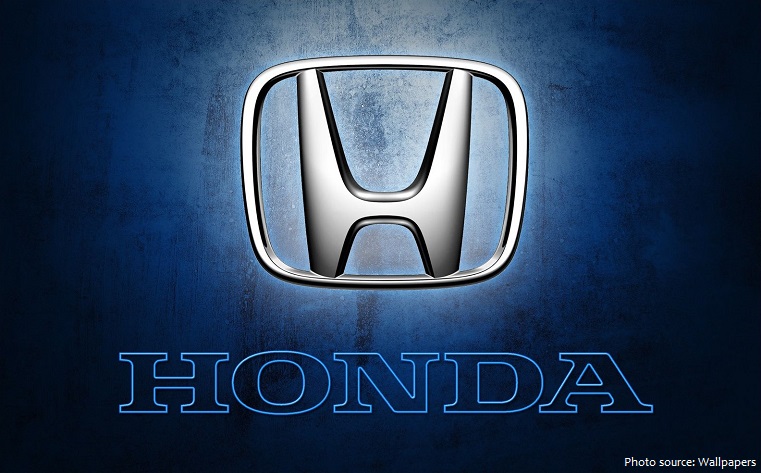
Honda is a Japanese public multinational conglomerate manufacturer of automobiles, motorcycles, and power equipment, headquartered in Minato, Tokyo, Japan.
It has been the world’s largest motorcycle manufacturer since 1959, reaching a production of 400 million by the end of 2019, as well as the world’s largest manufacturer of internal combustion engines measured by volume, producing more than 14 million internal combustion engines each year.
The engineer Honda Soichiro founded the Honda Technical Research Institute near Hamamatsu in 1946 to develop small, efficient internal-combustion engines.
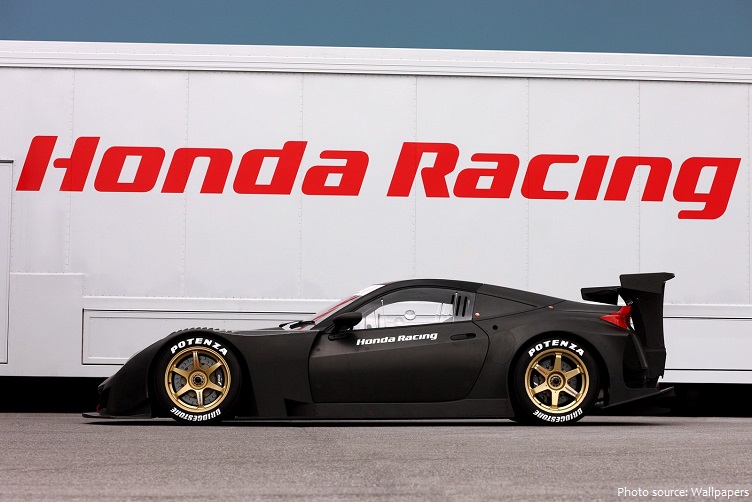
It was incorporated as Honda Motor Company in 1948 and began producing motorcycles in 1949.
In 1961, Honda achieved its first Grand Prix victories and World Championships in the 125cc and 250cc categories. Honda Motor Company grew in a short time to become the world’s largest manufacturer of motorcycles by 1964.
The first production automobile from Honda was the T360 mini pick-up truck, which went on sale in August 1963. Powered by a small 356cc straight-4 gasoline engine, it was classified under the cheaper Kei car tax bracket.
The second production car from Honda was the S500 sports car, which followed the T360 into production in October 1963. Its chain-driven rear wheels pointed to Honda’s motorcycle origins.
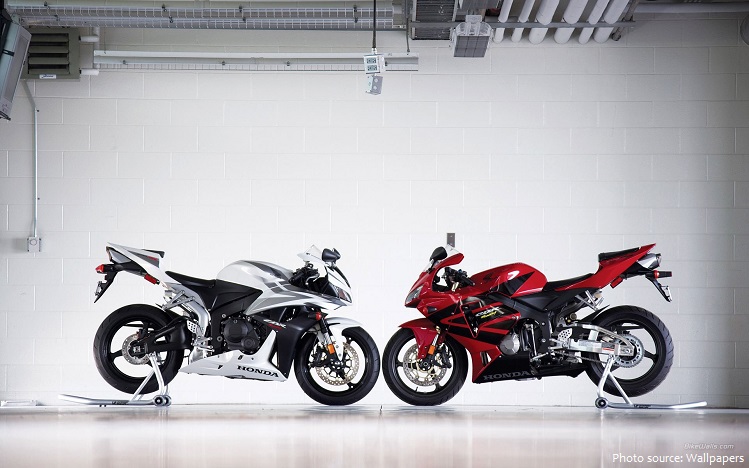
In the 1960s, the company achieved worldwide fame for its motorcycles (in particular, its C100 Super Cub, which became the world’s best-selling vehicle).
Honda entered Formula One for the first time in 1964, just one year after starting the production of road cars, making both engine and chassis. Honda achieved their first victory at the 1965 Mexican Grand Prix, and another win at the 1967 Italian Grand Prix.
In 1959 the company also established a US subsidiary, the American Honda Motor Company, which began producing motorcycles in the United States in 1979 and automobiles in 1982.
In the 1970s, it achieved worldwide fame for its affordable, fuel-efficient cars.
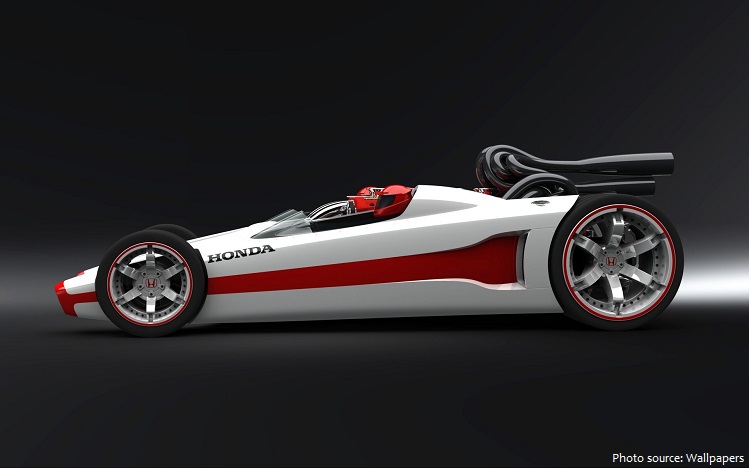
Honda launches Acura in 1986, the first luxury nameplate from a Japanese automaker, with sales of “precision crafted performance.” “Utilizing technology to help people”, Honda has been conducting R&D on humanoid robots, to realize the dream of being useful to people and to help enrich our human society and people’s daily lives. The wide-ranging technologies and experience cultivated through this challenge also have been applied to other products, leading to various initiatives with the aim of creating totally
new value.
Following the death of Soichiro Honda and the departure of Irimajiri, Honda found itself quickly being outpaced in product development by other Japanese automakers and was caught off-guard by the truck and sport utility vehicle boom of the 1990s, all which took a toll on the profitability of the company. Japanese media reported in 1992 and 1993 that Honda was at serious risk of an unwanted and hostile takeover by Mitsubishi Motors, which at the time was a larger automaker by volume and was
flush with profits from its successful Pajero and Diamante models.

Kawamoto acted quickly to change Honda’s corporate culture, rushing through market-driven product development that resulted in recreational vehicles such as the first-generation Odyssey and the CR-V, and a refocusing away from some of the numerous sedans and coupes that were popular with the company’s engineers but not with the buying public. The most shocking change to Honda came when Kawamoto ended the company’s successful participation in Formula One after the 1992 season, citing costs in light of the takeover threat from Mitsubishi as well as the desire to create a more environmentally friendly company image.
At the turn of the millennium, good things were happening at Honda signaling a hopeful future for this automaker. In 2001, the Civic Coupe, the first US-designed, developed and manufactured compact car, earned a five-star safety rating from the National Highway Traffic Safety Administration (NHTSA) for front and side impacts. This was a huge milestone today as it earned Honda a reputation for safety that would continue to present day.
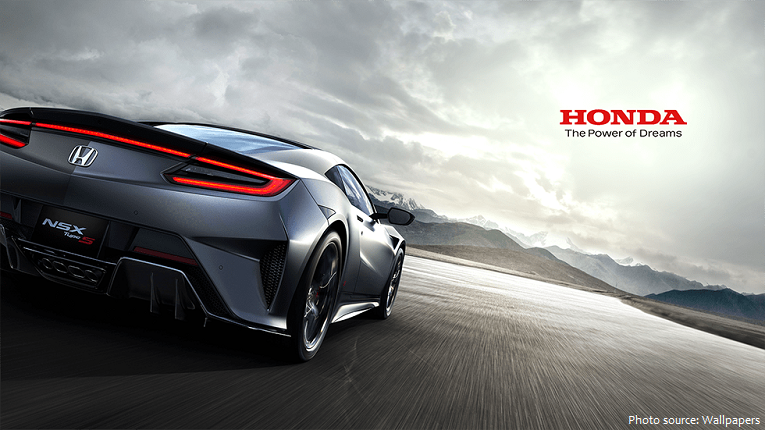
Honda is headquartered in Minato, Tokyo, Japan. Their shares trade on the Tokyo Stock Exchange and the New York Stock Exchange, as well as exchanges in Osaka, Nagoya, Sapporo, Kyoto, Fukuoka, London, Paris, and Switzerland.
The largest parade of Honda cars consisted of 569 Honda Beat cars and was achieved by MEET THE BEAT! (Japan) at Twin Ring Motegi, Motegi, Tochigi, Japan, on 9 May 2010. The event MEET THE BEAT! has happened annually since 1994.
The largest parade of Honda motorcycles is 1,180 motorcycles and was achieved by Naysha Racing (Peru) in Pucallpa, Peru, on 15 July 2012. The event was an open invitation to members of the public who own Honda motorcycles and the majority of the participants were from the city of Pucallpa although fans came from all over the Amazonian region and even the capital, Lima, to participate. The route went from the Plaza de Armas in the centre and ended over 5 km later at the “Aliardo Soria” Football Stadium.